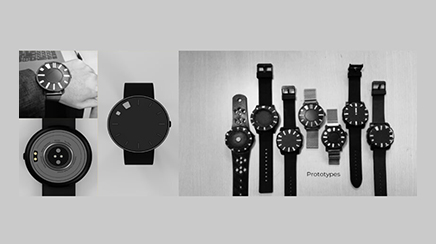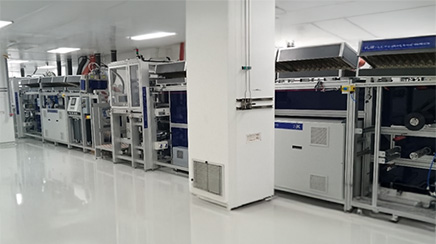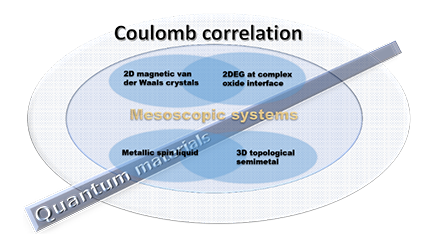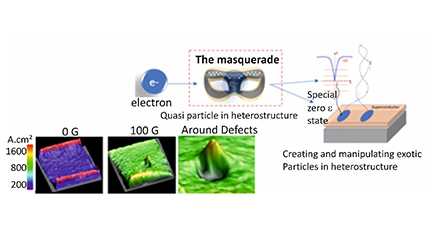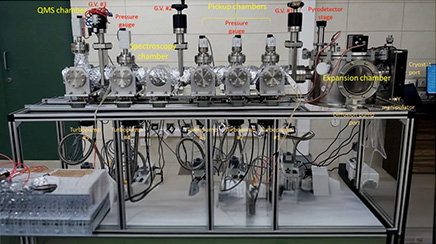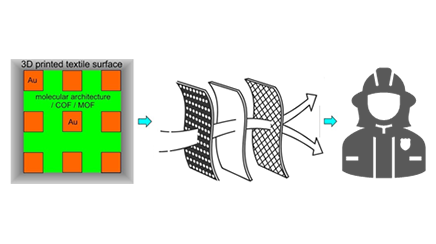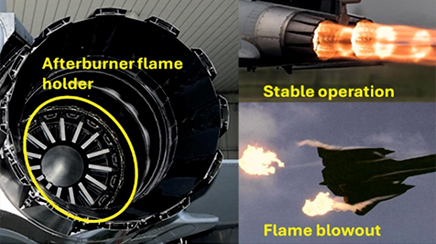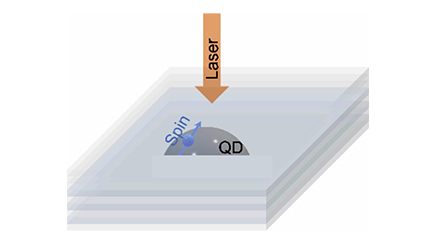
Doping a semiconductor quantum dot with a single magnetic ion creates a spin-based quantum system that potentially has a long coherence time and can be optically addressed. Such a system is a promising platform to build quantum memory devices for applications in optical quantum networks. However, these quantum dots, embedded in a semiconductor matrix of high refractive index, are weakly coupled to the optical far field, which in practice drastically hinders their optical manipulation. To significantly improve this coupling, quantum dots need to be coupled to a small-volume optical cavity. While this approach of coupling to optical cavities has been successfully implemented in undoped quantum dots and has resulted in outstanding progress in quantum dot devices in the last decade, the approach still needs to be implemented in doped quantum dots. This project targets capability demonstration of a cavity-coupled doped quantum dot as a quantum memory device for application in quantum networks.






